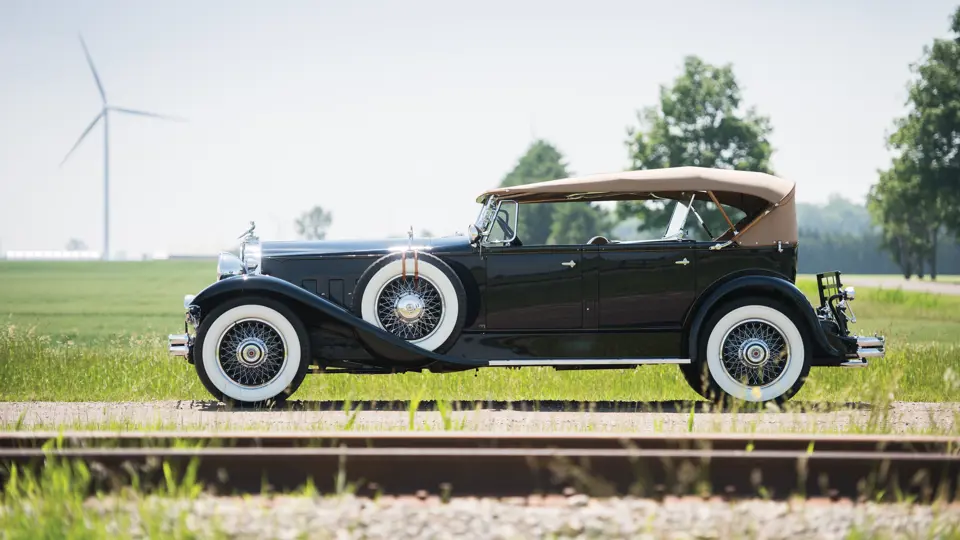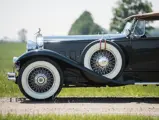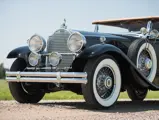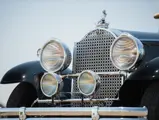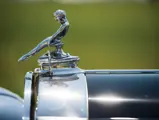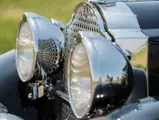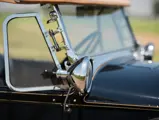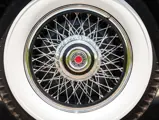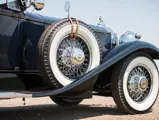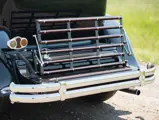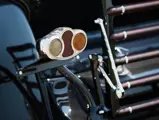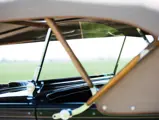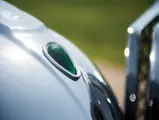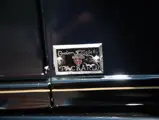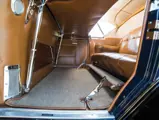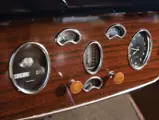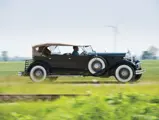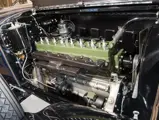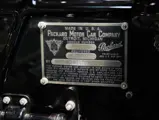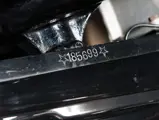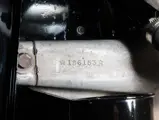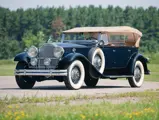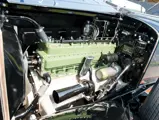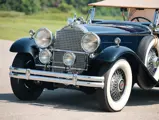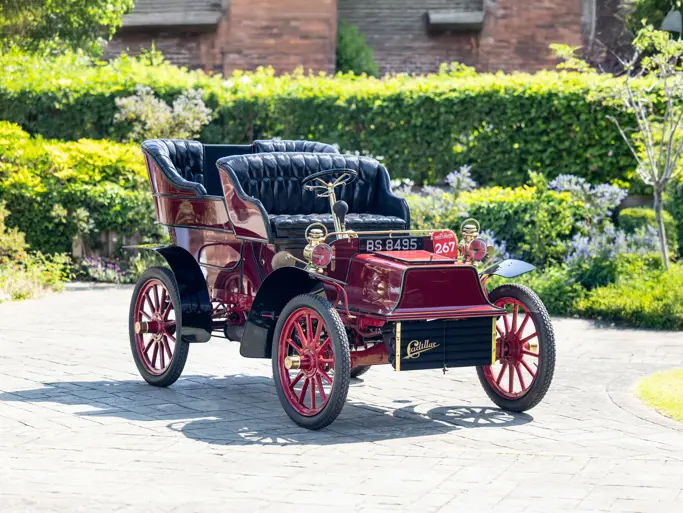
1930 Packard 745 Deluxe Eight Sport Phaeton
{{lr.item.text}}
$308,000 USD | Sold
{{bidding.lot.reserveStatusFormatted}}
- An authentic and well-respected example
- Formerly of the Harold Crosby, Craven Foundation, and Jim Miller collections
- Recent cosmetic and mechanical freshening by RM Auto Restoration
- A superb Packard with the most iconic styling of its era
106 bhp, 384.8 cu. in. L-head inline eight-cylinder engine, four-speed manual transmission, solid front axle with leaf-spring suspension, solid rear axle with hypoid gear drive, and four-wheel mechanical drum brakes. Wheelbase: 145.5 in.
With new styling overseen by famed designer Ray Dietrich, the Seventh Series Packard models debuted on August 29, 1929, sporting lower, sleeker lines and the beautifully flowing front fenders so emblematic of the Classic Era. New headlamps and the repositioning of the lights from the cowl to the front fenders were other notable stylistic changes. Even though a wide range of custom bodies were available from the finest coachbuilders of the time, most Packards were production cars, and they were well built, luxurious, smooth, and very quiet nonetheless. Even these were frighteningly expensive, selling for the price of a very nice house.
Mechanically speaking, 1930 marked the first time Packard did not build its own carburetor, opting instead for an outsourced Detroit Lubricator updraft unit to feed its eight-cylinder engine. A new low gear was added to the three-speed gearbox to create a smooth-starting four-speed. Cooling was improved by a redesigned water pump with dual fan belts, and the slightly sloped grille was fitted with thermostatically controlled shutters. Five more lubrication points were added to the 1930 models, and Packard claimed that the standard Bijur lubricator dash control with its “Pull Daily” handle accomplished the work of “43 men with 43 oil cans.”
The dual-cowl sport phaeton was the most desirable among the open Packard body styles available in the Seventh Series. It was a classic four-passenger open model with a second windshield and cowl for rear seat passengers. In many ways, this dashing and well-proportioned style, which was so appropriate to country estates and summer homes, defined the 1930s Classic Era.
THE CRAVEN PACKARD
The known history of vehicle number 185926 begins with the renowned Southern California Packard connoisseur Harold Crosby, who acquired it at some time in the 1960s. While unfortunately the previous ownership history of the car is not known, Mr. Crosby was, in the words of one noted Packard historian, “a man who owned genuine cars,” and that, along with the presence of much of the original body wood found in this Packard, indicates that it was likely a well-kept and original example. In addition, all of the car’s mechanical components—chassis frame, engine block, and steering box—are properly numbered relatively close together, indicating that they are all the original factory-installed components.
Following Mr. Crosby’s initial restoration, the car was displayed at the Pebble Beach Concours d’Elegance in 1970 and was awarded Best in Class, an auspicious beginning for what has been this Packard’s very fortunate life.
The car next passed into the ownership of well-known enthusiast, and founder of the Lester Tire Company, Tom Lester. In late 1972, it was sold by Mr. Lester, still in 100-point condition, to the Craven Foundation of Toronto, Ontario. Established by the Canadian tobacco company of the same name, the Craven Foundation was intended to be the Northern equivalent to Harrah’s Automobile Collection: a world-class public museum of the finest automobiles, accompanied by a large reference library. It was in operation for about 15 years in a purpose-built building on Lawrence Street West in Toronto and is still highly regarded by both Canadian and U.S. enthusiasts for the quality of its carefully chosen cars. Reportedly, this Packard was the finest automobile in the Craven Foundation’s collection and became one of its most famous “signature” vehicles.
Following Craven’s acquisition by Rothsmans, the Foundation was shuttered and its collection sold. In 1986, the Packard was acquired by Ross Young, of Lindsay, Ontario, and remained in his ownership until 2008, when it was purchased by the late, respected Ontario enthusiast, and friend to many, Jim Miller. Mr. Miller, like Mr. Crosby, was known for his superb eye for the best-restored and most authentic automobiles, and this Packard was a highlight of his family’s collection until its acquisition by the present owner.
During Mr. Miller’s ownership, the car underwent a high-quality cosmetic restoration by RM Auto Restoration, in which it was refinished in proper Packard Blue and Black—the original colors chosen by Mr. Crosby—and had its chrome re-plated as necessary. The tan leather interior is very well preserved and still in good condition, as is the tan canvas cloth top. Dual Pilot Ray lights, a radiator stone guard, the famous “Daphne at the Well” radiator mascot, dual side-mounted spares with mirrors, dual cowl lights, wind wings, a trunk rack, and chrome wire wheels shod in wide whitewall tires accentuate the dramatic and period-correct appearance. Additionally, in a recent road test, the Packard ran and drove smoothly and beautifully, a testament to proper care that has extended for most of its life.
This car is legendary in Packard circles for its quality, authenticity, and ownership by known knowledgeable connoisseurs. This is an outstanding example of one of the great designs of its era, a factory dual-cowl sport phaeton that is, in every way, Classic!


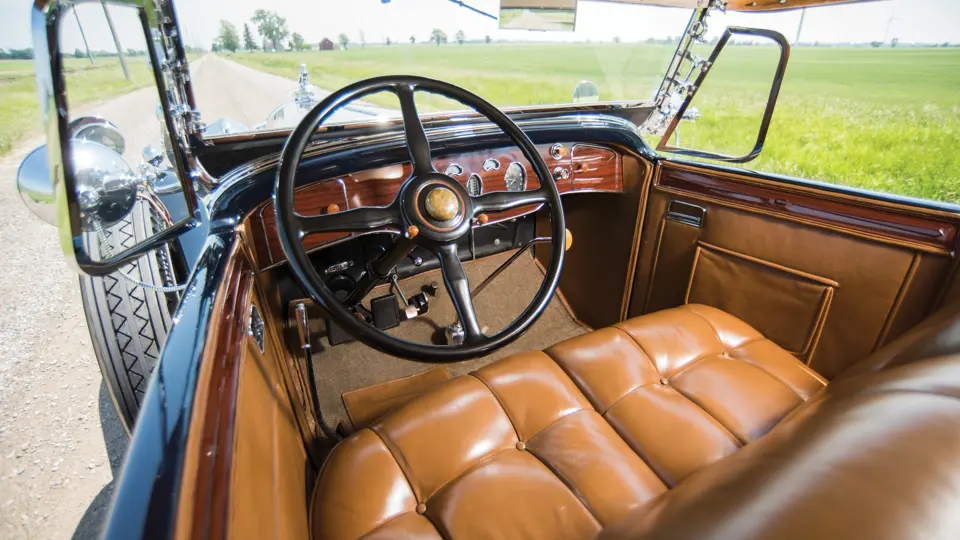


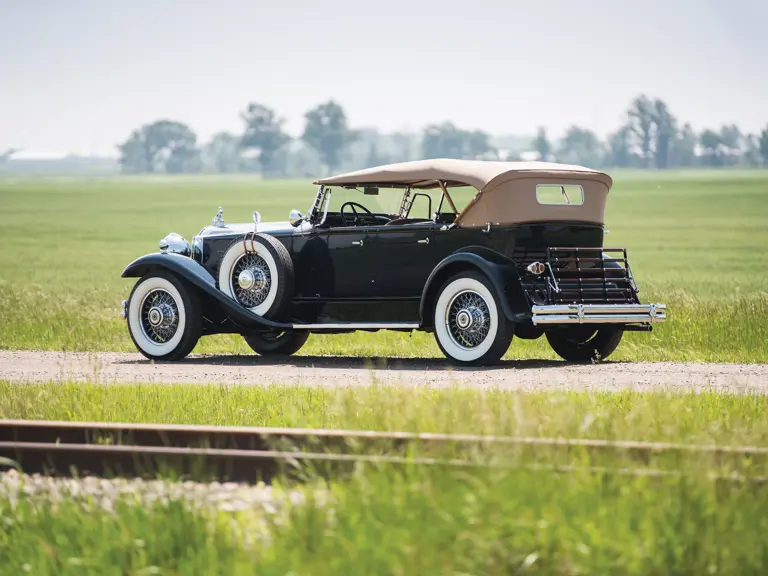
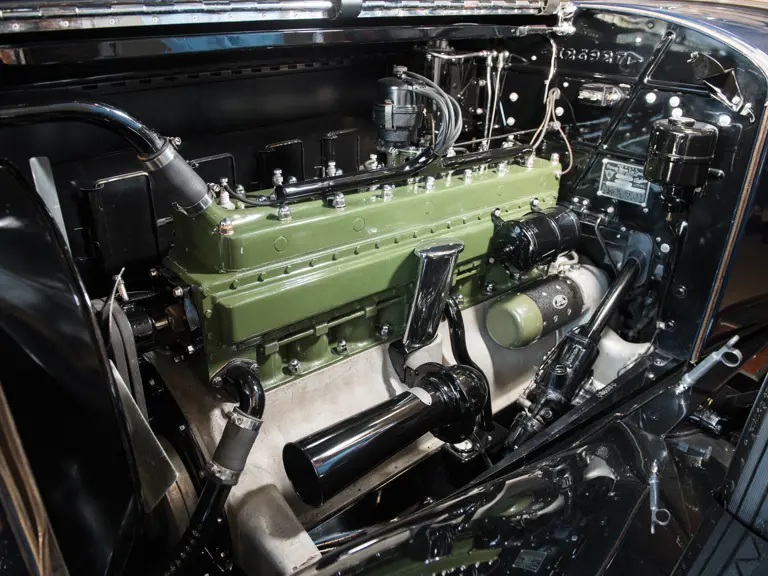



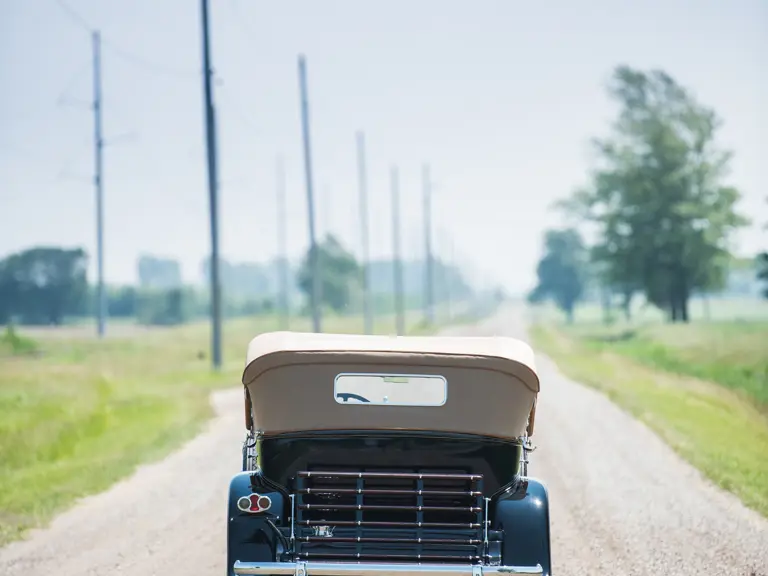

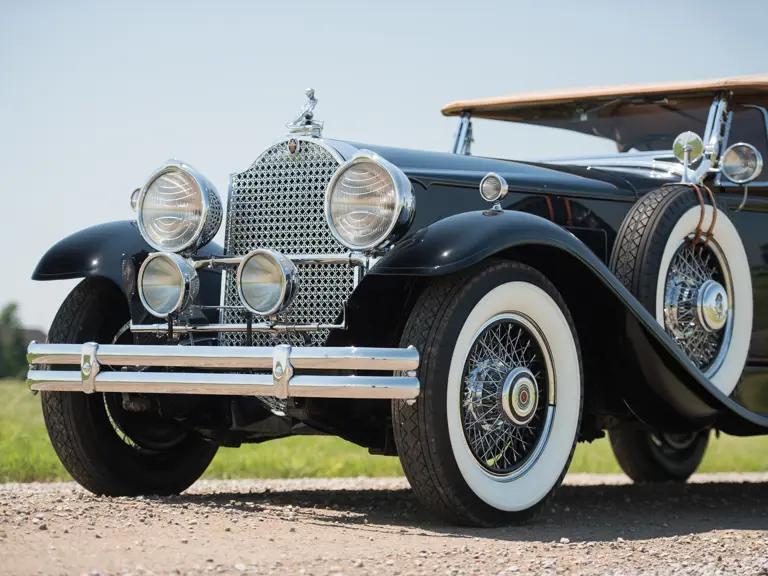

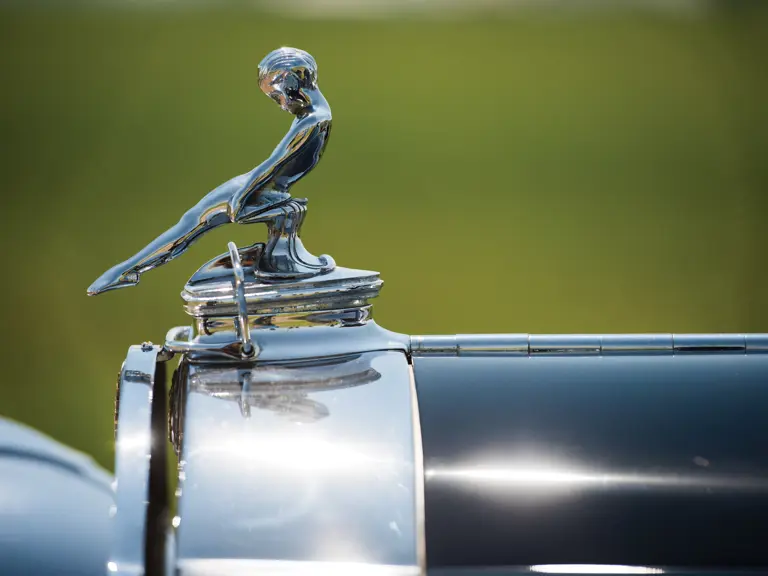
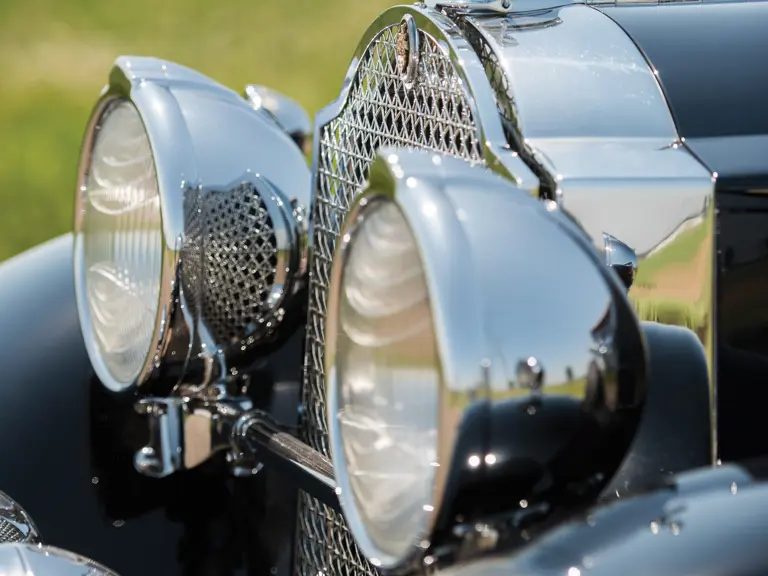
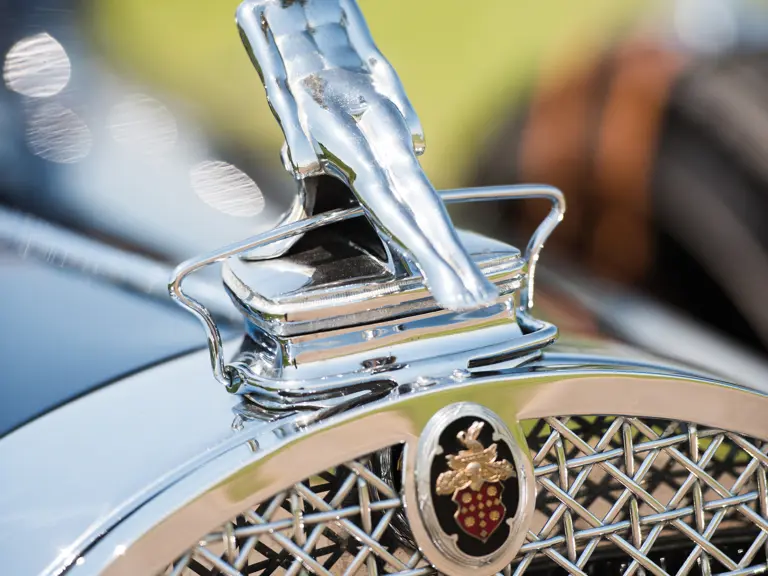

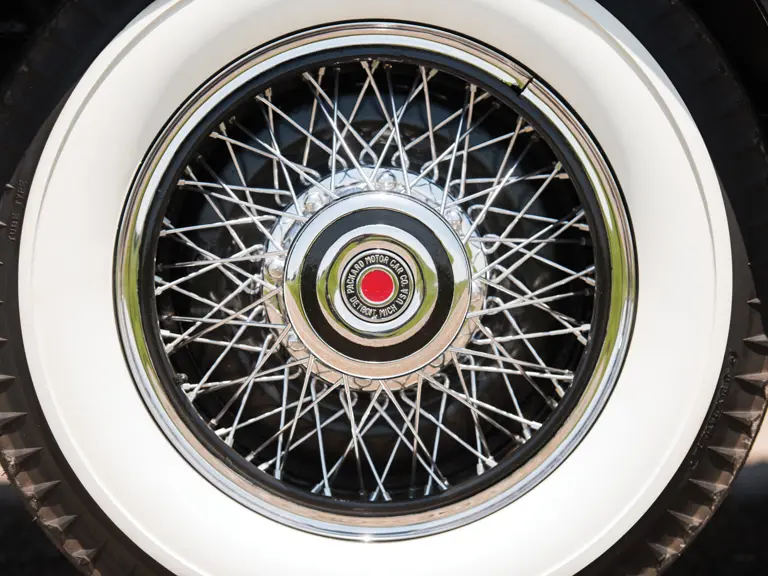
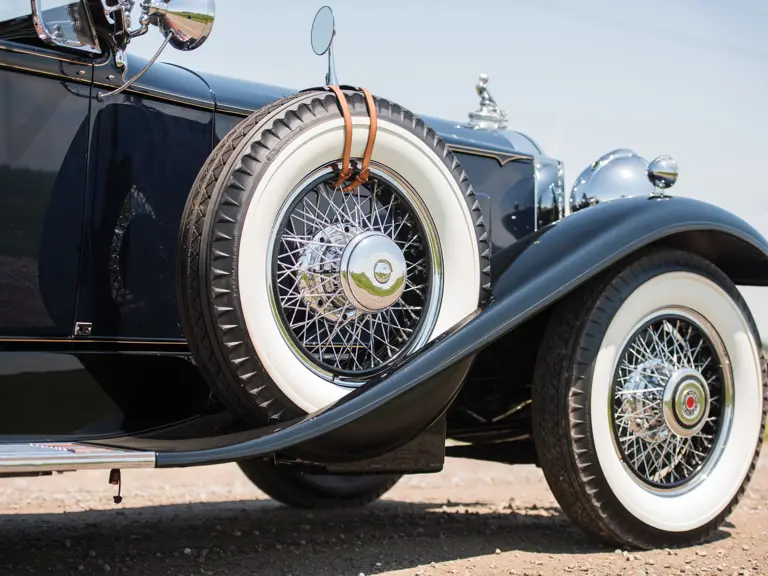


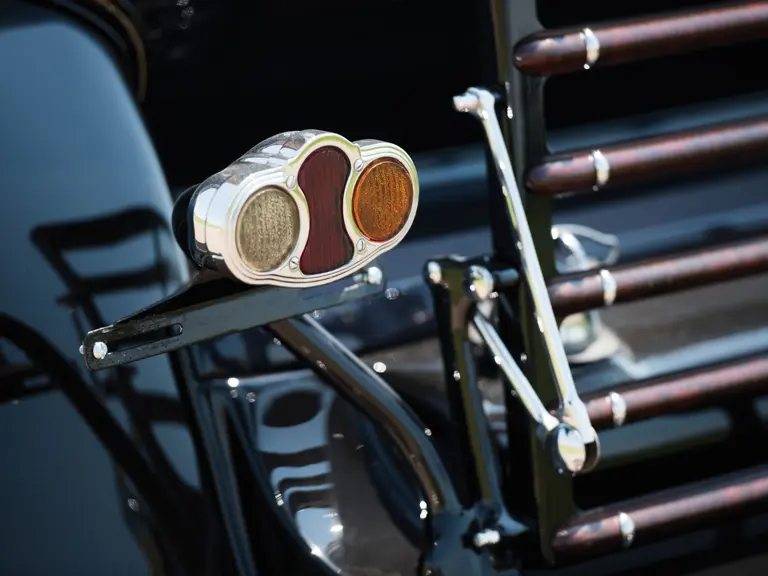
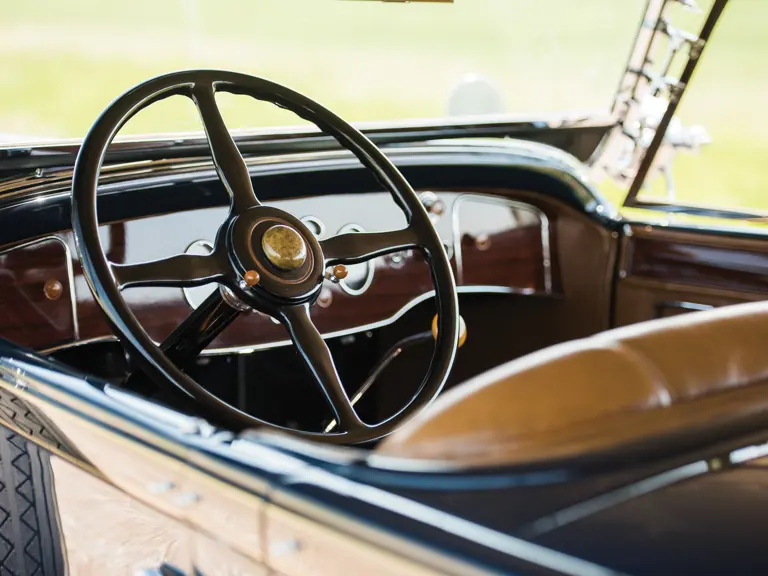
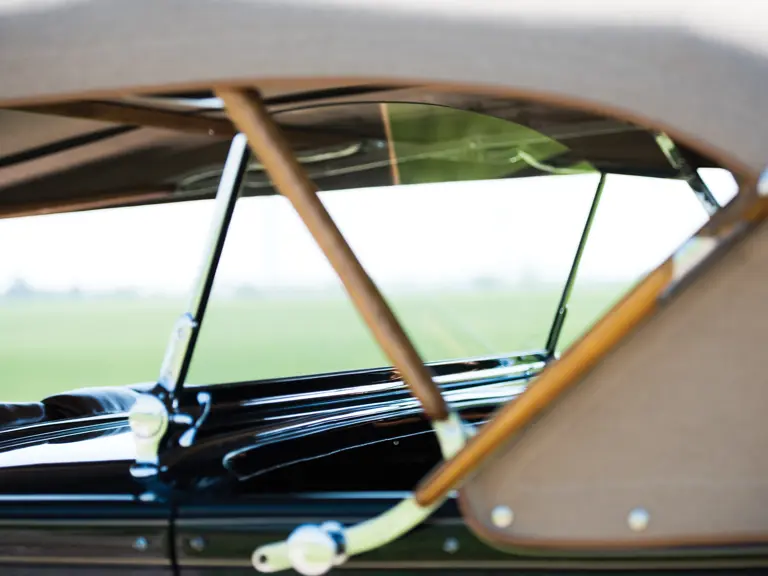

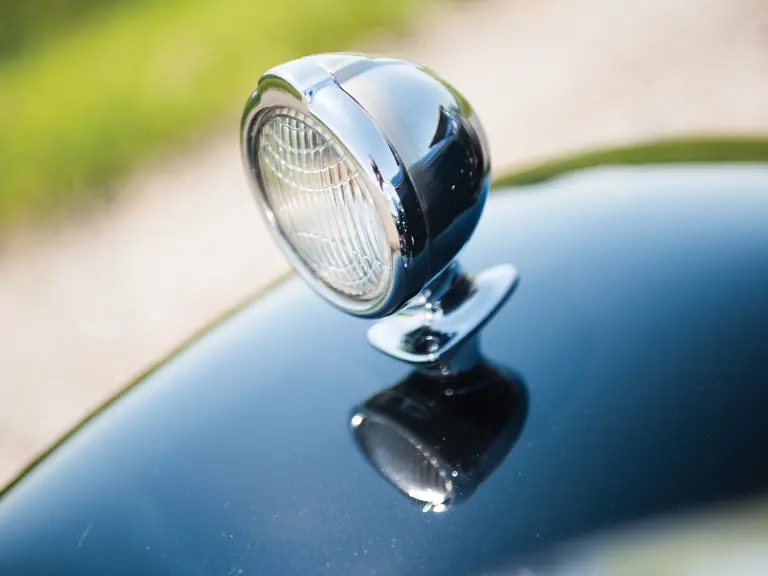


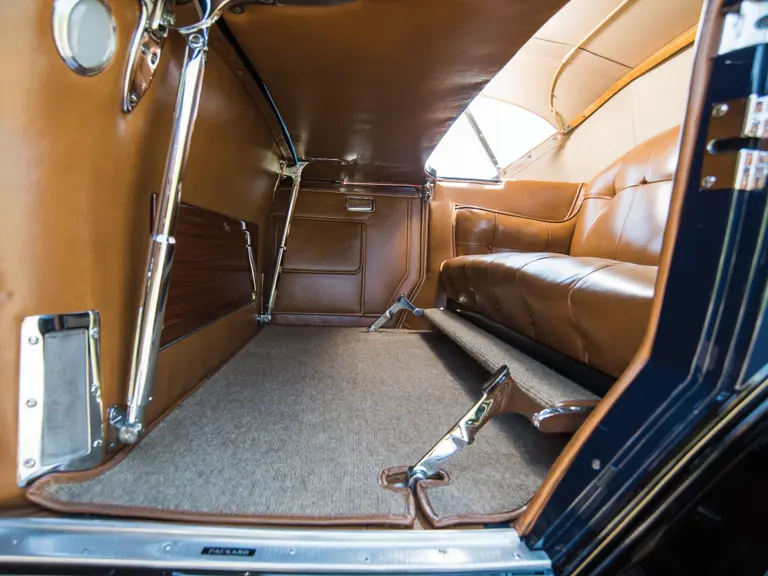
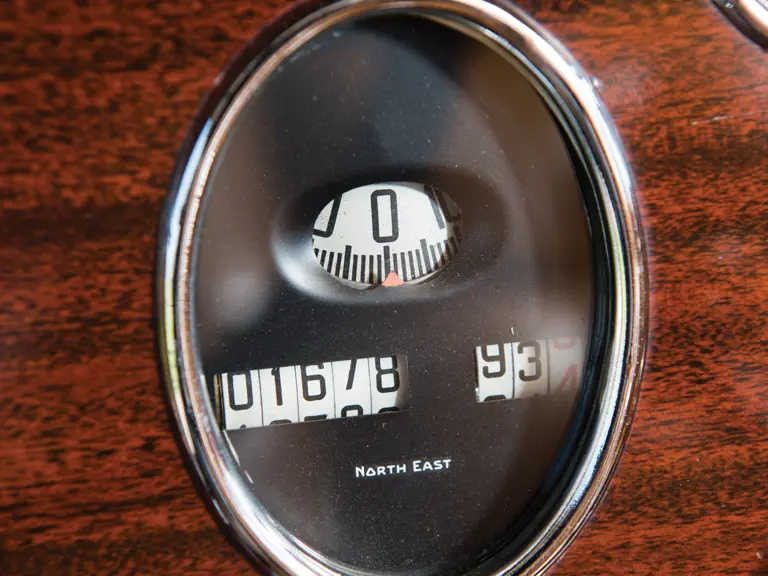
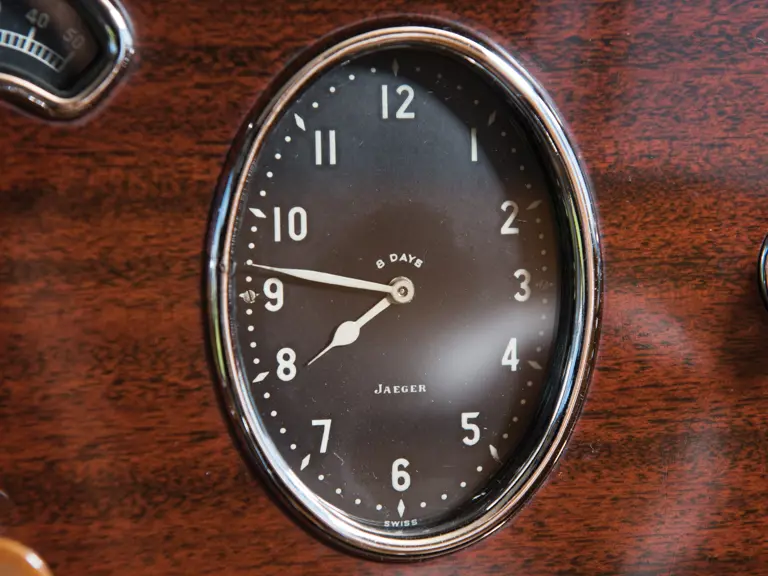


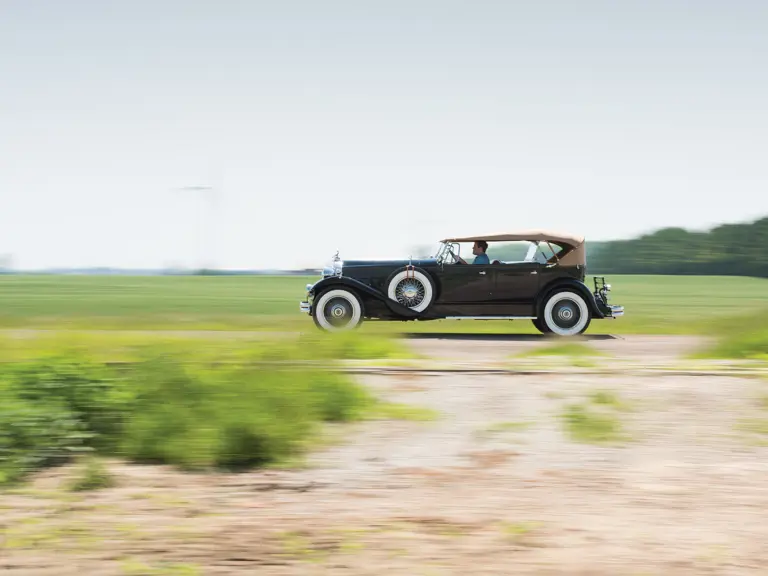
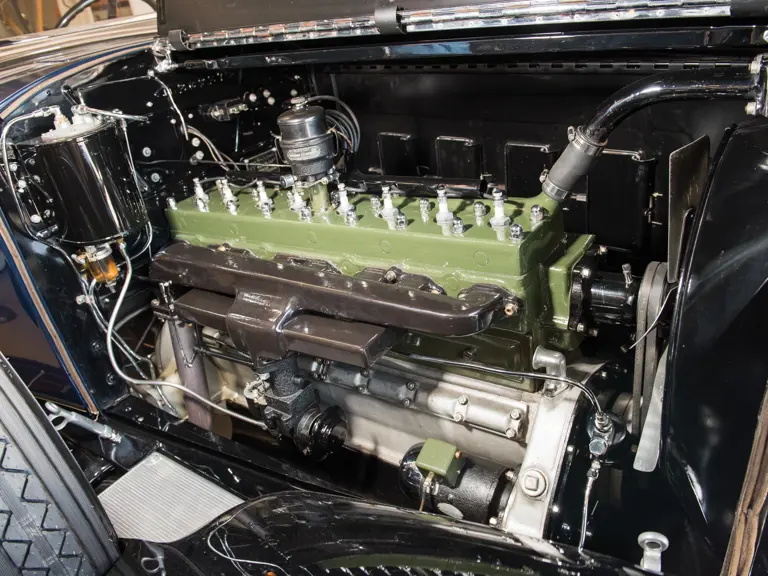
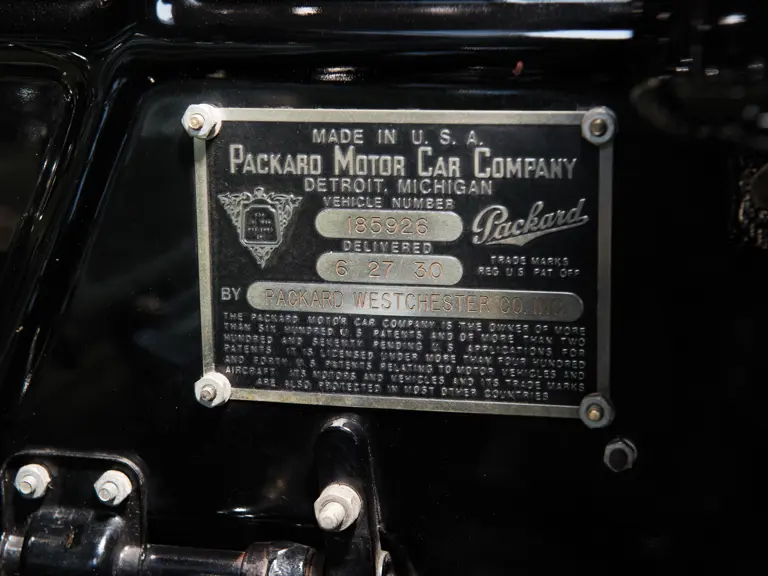




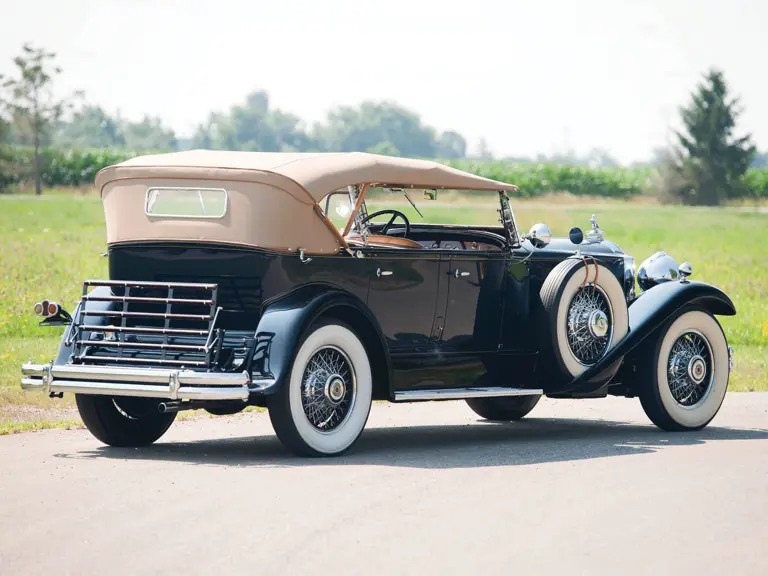
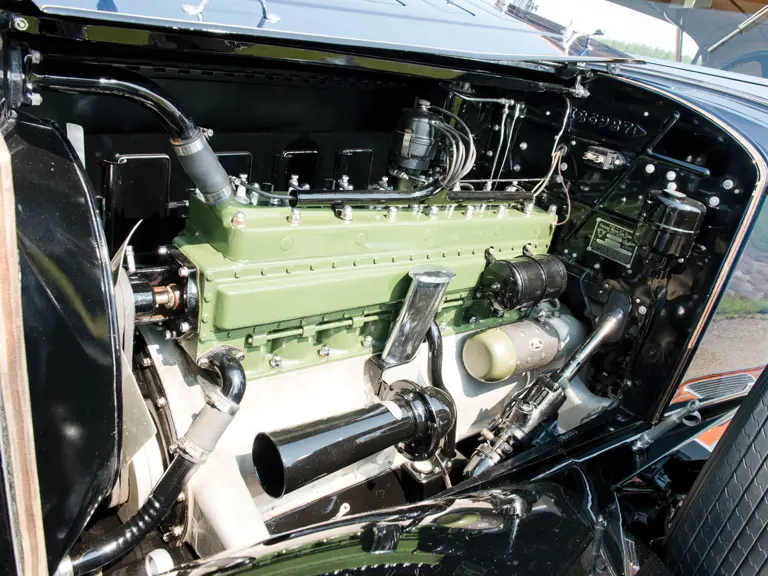


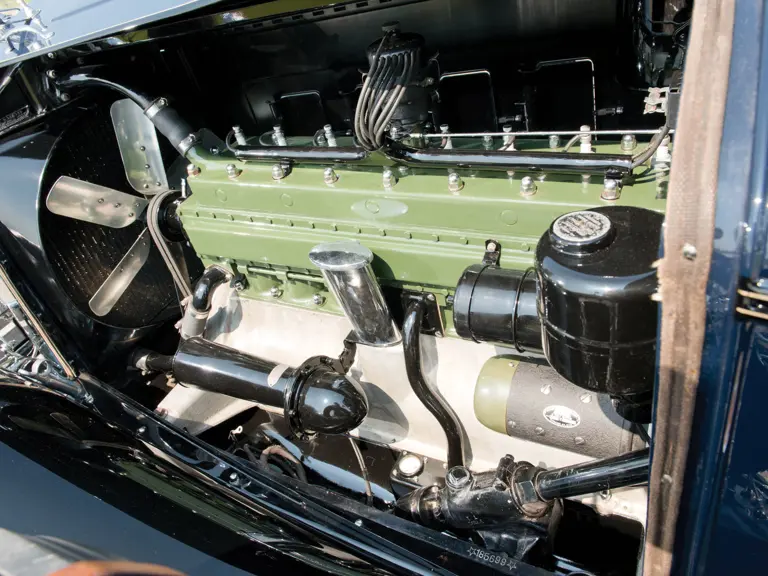
 | Plymouth, Michigan
| Plymouth, Michigan
